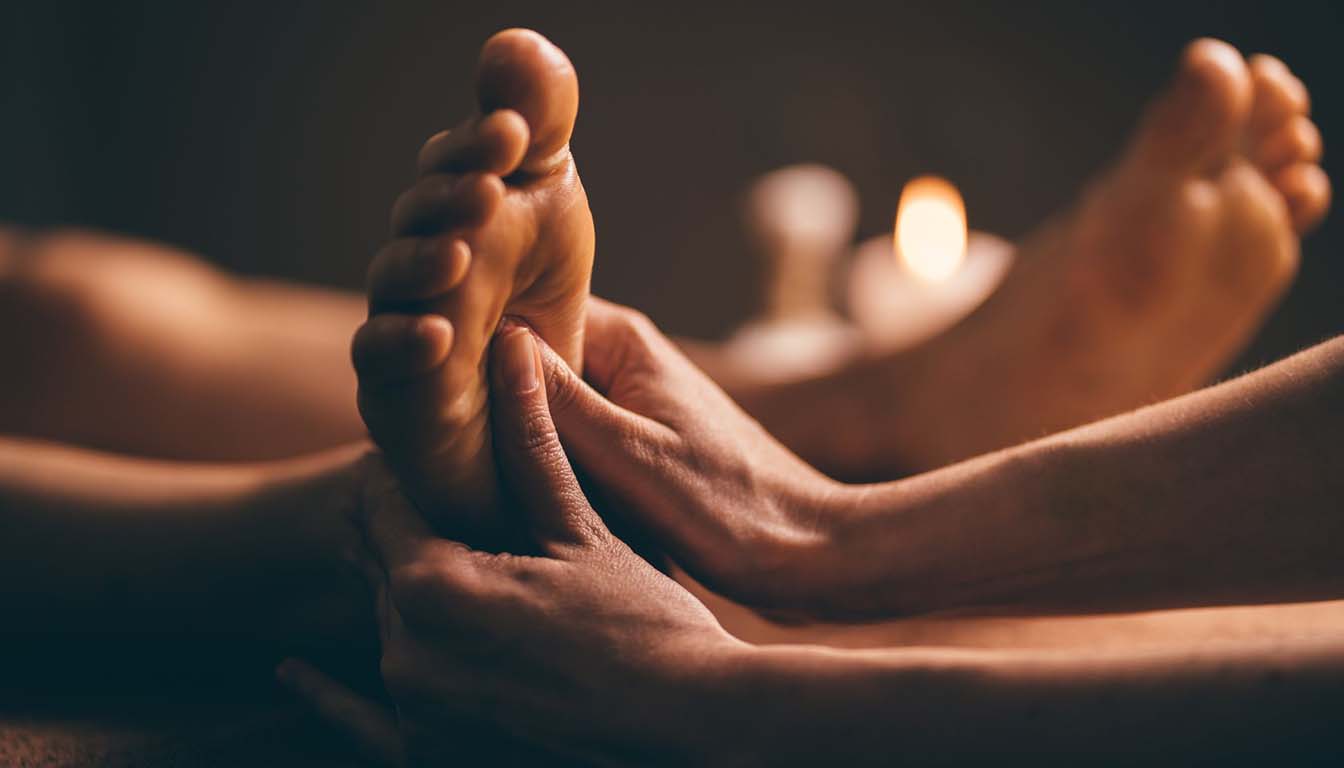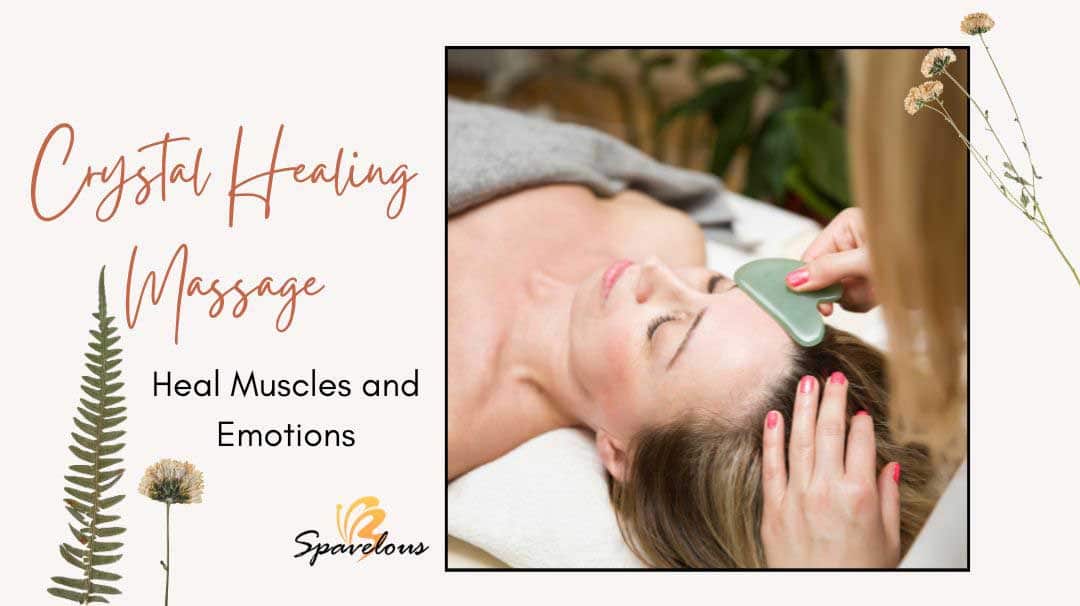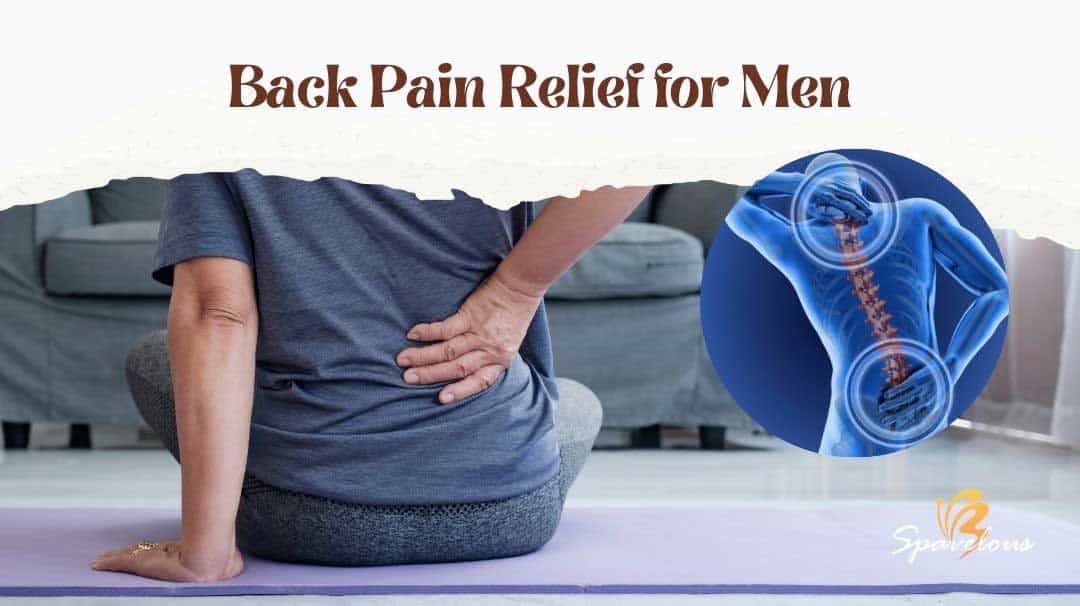Reflexology is an ancient technique with modern healing power, rooted in the belief that stimulating specific reflex points on the feet, hands, and ears can promote natural healing and restore balance to the body. This natural and holistic approach to wellness has gained popularity in recent years, offering effective relief from a wide range of ailments and promoting overall well-being.
Healing Benefits of Reflexology
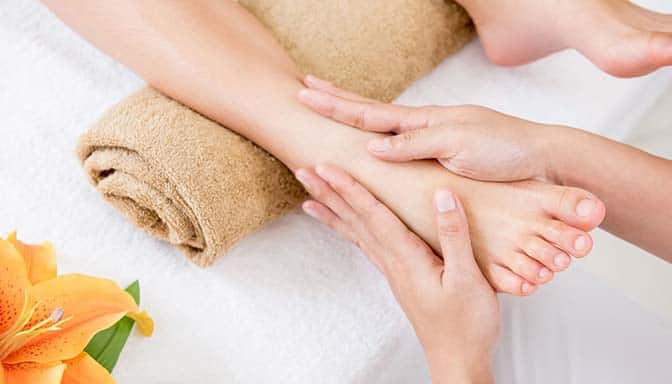
While Reflexology may seem like a new trend, its origins can be traced back to ancient China, Egypt, and India, where it was used as a form of natural healing. Today, Reflexology is recognized as a complementary therapy, often used in conjunction with conventional medical treatments to enhance their effectiveness and provide a more comprehensive approach to health care.
Key Takeaways
- Reflexology is an ancient technique that promotes natural healing through the stimulation of specific reflex points.
- Reflexology is a natural and holistic approach to wellness that can be used to ease ailments and promote overall well-being.
- Reflexology has its roots in ancient China, Egypt, and India and is now recognized as a complementary therapy.
The Science Behind Reflexology
While Reflexology may seem like a mystic practice to some, a growing body of research supports its effectiveness in promoting relaxation, reducing stress, and improving circulation.
Reflexology is based on the idea that specific reflex zones on the feet, hands, and ears correspond to different organs, systems, and body parts. These reflex points are believed to be connected to the body through nerve pathways that carry electrical impulses and signals.
Reflex Zones
There are over 7,000 nerve endings in each foot, which correspond to different areas of the body. For example, the big toe is connected to the head and neck, while the ball of the foot is connected to the heart and chest. The heel is connected to the lower back and intestines.
Similarly, the hands and ears also have specific reflex points that can be targeted through Reflexology. The hands have reflex points corresponding to the spine, lungs, and liver, while the ears have reflex points connecting to the eyes, sinuses, and throat.
Reflexology Research
Several studies have been conducted on the effectiveness of reflexology, with many showing positive results. For example, a study published in the Journal of Complementary Therapies in Clinical Practice found that Reflexology helped to reduce anxiety and depression in breast cancer patients undergoing chemotherapy. Another study published in the Journal of Advanced Nursing found that Reflexology reduced pain and anxiety in people with fibromyalgia.
While more research is needed to fully understand the mechanisms behind Reflexology, the existing studies suggest that it can be a valuable tool in promoting overall health and well-being.
Types of Reflexology
Reflexology can be practiced on various areas of the body, including the feet, hands, and ears. The most commonly practiced forms of reflexology include:
Foot Reflexology
Foot reflexology, also known as zone therapy, is the most popular type of reflexology. It involves applying pressure to specific points on the feet that correspond to different organs, systems, and body parts. Foot reflexology can be used to address a wide range of health concerns, including anxiety, digestive issues, and chronic pain.
Hand Reflexology
Hand reflexology involves applying pressure to specific points on the hands that correspond to different areas of the body. This type of reflexology can be especially beneficial for those with foot injuries or foot pain who cannot receive foot reflexology.
Ear Reflexology
Ear reflexology, or auricular therapy, involves applying pressure to specific ear reflexology points (ear seeding) that correspond to different organs, systems, and body parts. This type of reflexology is commonly used as a complementary therapy for addiction, anxiety, and pain management.
While these are the most commonly practiced forms of reflexology, other areas of the body can be targeted, such as the face, scalp, and back.
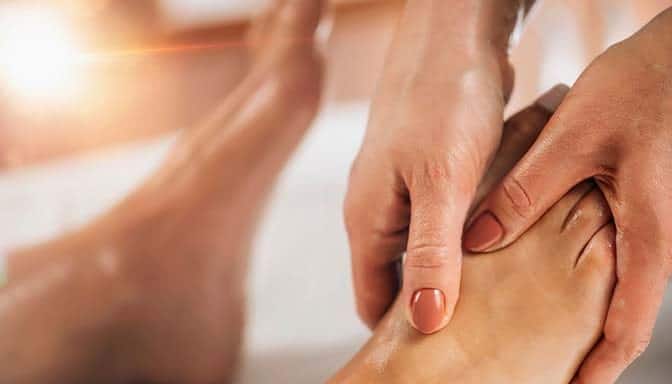
Health Benefits of Reflexology
Reflexology has been used for centuries to promote overall health and wellness. It is a natural and non-invasive therapy that targets specific reflex points on the feet, hands, and ears, believed to correspond to different organs and systems in the body. Here are some of the health benefits associated with Reflexology:
| Reflexology Benefits | How Reflexology Works |
|---|---|
| Stress Relief | Reflexology can help reduce stress levels by promoting relaxation and improving mood. It has been found to lower cortisol levels, the hormone associated with stress, and increase the production of endorphins, the body’s natural mood boosters. |
| Pain management | Reflexology can help alleviate various types of pain, such as headaches, menstrual cramps, and back pain. It works by stimulating the nerves and increasing blood flow to the affected area, promoting the release of natural painkillers and reducing inflammation. |
| Improved Digestion | Reflexology can help improve digestion by stimulating the digestive system and promoting the secretion of digestive juices and enzymes. It can also help reduce symptoms of indigestion, such as bloating and constipation. |
| Enhanced Sleep Quality | Reflexology can help improve sleep quality by promoting relaxation and reducing stress levels. It has been found to increase the production of melatonin, the hormone responsible for regulating sleep, and promote deeper and more restful sleep. |
In addition to these specific health benefits, Reflexology can also boost immune function, improve circulation, and promote overall relaxation and well-being. It is a safe and effective therapy that can be used alone or in combination with other treatments to support holistic health and wellness.
Reflexology Techniques and Practices
Reflexology involves the application of pressure to specific reflex points on the feet, hands, or ears to stimulate the body’s natural healing abilities. The techniques used in Reflexology can vary depending on the practitioner and the specific health concerns being addressed.
Foot Reflexology Techniques
Foot Reflexology is the most commonly practiced form of Reflexology. It involves applying pressure to reflex points on the feet using fingers, thumbs, or specialized tools. There are several techniques used in Foot Reflexology, including:
- Finger Walking: This technique involves using the thumbs and fingers to walk along the foot and locate specific reflex points.
- Thumb Walking: Similar to Finger Walking, this technique involves using the thumbs to apply pressure to reflex points on the foot.
- Rotation Technique: This technique involves applying pressure to a reflex point and then rotating the thumb or finger in a circular motion.
Hand Reflexology Techniques
Hand Reflexology involves applying pressure to reflex points on the hands using finger and thumb techniques. Some of the most commonly used techniques in Hand Reflexology include:
- Finger Walking: Similar to Foot Reflexology, this technique involves walking along the hand to locate and stimulate reflex points.
- Thumb Walking: Using the thumb to apply pressure to reflex points on the hand.
- Finger Rotation: This technique involves applying pressure to a reflex point and then rotating the finger in a circular motion.
Ear Reflexology Techniques
Ear Reflexology involves using the reflex points on the ear to promote healing and well-being. Techniques used in Ear Reflexology include:
- Ear Massage: This technique involves massaging the ears to stimulate the reflex points.
- Ear Seeds: Small seeds or beads are placed on specific reflex points on the ear and left in place for several days to stimulate healing.
- Ear Probing: This technique involves using a small probe to apply pressure to specific reflex points on the ear.
It is important to note that Reflexology techniques should only be performed by a qualified practitioner, as improper techniques or pressure can cause discomfort or injury. However, there are techniques that can be safely practiced on oneself, such as hand or ear reflexology.
Reflexology in Holistic Health Care
Reflexology is often used as a complementary therapy in holistic health care, working alongside conventional medical treatments to support and enhance overall wellness. The non-invasive nature of Reflexology makes it a popular choice for individuals seeking a natural and holistic approach to health maintenance.
As part of integrative medicine, Reflexology is used to address a wide range of health concerns, including:
- Stress and tension
- Headaches and migraines
- Chronic pain and inflammation
- Insomnia and sleep disorders
- Digestive issues
- Respiratory problems
- Reproductive and hormonal imbalances
Reflexologists approach each client as a whole person, taking into account their physical, mental, emotional, and spiritual well-being. By stimulating specific reflex points on the feet, hands, or ears, they aim to restore balance and harmony to the body’s various systems.
Reflexology treatments can be customized to address each individual’s unique needs and preferences. Some people prefer a gentle, relaxing session, while others may require deeper pressure to release tension and tightness. Reflexologists may also incorporate aromatherapy, acupressure, or other complementary therapies to enhance the benefits of the treatment.
Common Myths and Misconceptions
Despite the growing popularity and acceptance of Reflexology, some myths and misconceptions surround this ancient healing technique. Some of the most common misconceptions include:
- Reflexology is just a foot massage: While Reflexology does involve massaging the feet, it is much more than a simple massage. Reflexology works by applying pressure to specific points on the feet, hands, or ears that correspond to organs, systems, and body parts, promoting healing and relaxation.
- Reflexology can cure all ailments: While it can effectively relieve certain ailments and promote overall wellness, it is not a cure-all solution. It should be used as a complementary therapy alongside medical treatments and not as a replacement for conventional healthcare.
- Reflexology is based on pseudoscience: While some people may view Reflexology as unscientific, numerous studies and research support its effectiveness in promoting relaxation, reducing stress, and improving circulation. Additionally, the concept of reflex zones and nerve pathways is grounded in anatomical and physiological knowledge.
By debunking these myths and misconceptions, individuals can better understand the true nature and benefits of Reflexology. It is always important to consult with a qualified reflexologist and to be open and honest about any health concerns or medical treatments being received.
Future of Reflexology
Reflexology, like other holistic approaches to wellness, is gaining recognition and appreciation within the medical community. As research continues to explore the effectiveness of Reflexology, new applications, and advancements are being made to further improve its potential as a healing modality.
Advancements in technology are also contributing to the evolution of Reflexology, with the development of tools and devices that can enhance the precision and efficacy of treatment. For instance, reflexology sandals and mats provide targeted stimulation to specific reflex points in the feet, while reflexology rollers can be used to massage and loosen tense muscles.
Research on Reflexology
Multiple studies have been conducted on the effectiveness of Reflexology as a complementary therapy for a range of conditions, including pain management, cancer care, and neurological disorders. One such study conducted in 2020 found that Reflexology helped to improve sleep quality and reduce stress levels among patients with fibromyalgia, a chronic pain condition.
Another study conducted in 2021 found that Reflexology was effective in reducing pain and improving the quality of life in patients with breast cancer who were undergoing chemotherapy. Further research is needed to continue exploring the potential benefits and applications of Reflexology.
Emerging Trends
As Reflexology becomes more widely recognized and integrated into mainstream healthcare, emerging trends are beginning to shape the future of this ancient healing technique. One trend is the integration of Reflexology with other complementary therapies and integrative medicine approaches, such as acupuncture and massage therapy.
Another emerging trend is the use of Reflexology in workplace wellness programs, with employers recognizing the potential benefits of Reflexology in promoting relaxation and reducing stress among employees.
Conclusion
Reflexology is a powerful healing modality that offers a natural and holistic approach to wellness. Through the stimulation of specific reflex points, Reflexology can ease a wide range of ailments and promote relaxation, pain relief, improved digestion, enhanced sleep quality, and overall well-being.
In this article, we explored the science behind Reflexology, the different types of Reflexology, and the variety of health benefits it offers. We also discussed various techniques and practices of Reflexology, as well as its integration with other complementary therapies and integrative medicine approaches.
It’s important to recognize the common myths and misconceptions surrounding Reflexology and understand its true nature as a powerful wellness tool. As the field of Reflexology continues to advance, exciting new possibilities are emerging for its application and practice.
We encourage readers to explore Reflexology further and consider incorporating it into their self-care routine or consulting with a qualified reflexologist for personalized treatment. With its potential to promote balance and harmony within the body, Reflexology is a valuable asset for anyone seeking to optimize their health and well-being.
Wrap Up Reflexology
Reflexology offers a natural and holistic approach to wellness, promoting relaxation, pain relief, improved digestion, enhanced sleep quality, and overall well-being. Through its scientific foundation, different types, and various techniques and practices, Reflexology can be used to alleviate health concerns and support conventional medical treatments.
Benefits of Reflexology
The benefits of Reflexology are numerous and varied, making it a powerful healing modality. By targeting specific reflex points and stimulating nerve pathways, Reflexology can ease ailments, reduce stress, and promote overall relaxation and well-being. Incorporating Reflexology into a self-care routine or seeking treatment from a qualified reflexologist can be an excellent way to optimize one’s health and wellness.
FAQ
What is Reflexology?
Reflexology is an ancient technique that involves applying pressure to specific reflex points on the feet, hands, or ears. It is believed to correspond to different organs, systems, and body parts, promoting relaxation and overall well-being.
What are the health benefits of Reflexology?
Reflexology has a wide range of health benefits, including stress relief, pain management, improved digestion, enhanced sleep quality, boosted immune function, and overall relaxation and well-being.
How does Reflexology work?
Reflexology works by stimulating the reflex points, which are believed to be connected by nerve pathways to various parts of the body. This stimulation can help restore balance and promote healing.
What can Reflexology help with?
Reflexology can help with various health concerns, such as reducing stress, alleviating pain, improving digestion, enhancing sleep quality, boosting immune function, and promoting relaxation.
What are the different types of Reflexology?
The different types of Reflexology include foot reflexology, hand reflexology, and ear reflexology. Each type targets specific reflex points and can be used to address different health concerns.
Can I do Reflexology on myself?
Yes, you can practice self-reflexology by applying pressure to the reflex points on your own feet, hands, or ears. However, consulting with a qualified reflexologist can provide more targeted and effective treatment.
Is Reflexology a replacement for medical treatment?
No, Reflexology is not a replacement for medical treatment. It is a complementary therapy that can support and enhance conventional medical treatments. Always consult with your healthcare provider for any medical concerns.
Are there any misconceptions about Reflexology?
Yes, there are common misconceptions about Reflexology, such as it being a foot massage, a cure-all solution, or a replacement for medical treatment. In reality, Reflexology is a specific holistic practice with its own unique benefits.
What is the future of Reflexology?
The future of Reflexology looks promising, with ongoing advancements in research, technology, and practices within the field. These advancements may shape Reflexology as a recognized and respected wellness modality.

